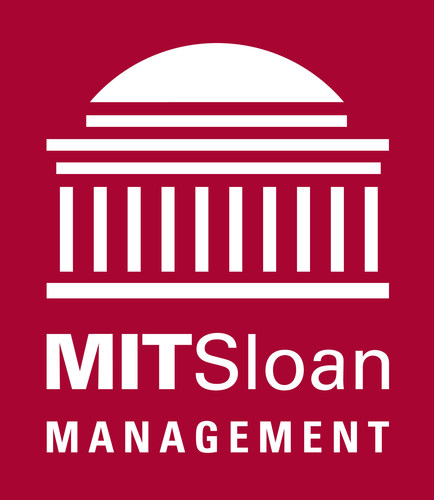A quarter of a century ago, I witnessed firsthand the emergence of a robust information and communications technology (ICT) industry in Silicon Valley and the San Francisco Bay Area. Many of these companies were spawned by the then relatively young personal computer revolution that was making ICT portable and far more accessible.
Companies in the bustling region developed software that enabled tasks that were traditionally done on paper in centralized office settings to be performed on these microcomputers at a time when computer automated design and desktop publishing were the hot apps of the day. Other companies made fascinating devices called modems that made it possible to send work done on these innovative small computers to other computers, regardless of where they were located.
I saw the potential of the emerging ICT to alleviate one of the regions worst problems: suffocating, time sucking traffic congestion. I wrote an opinion piece published in March of 1991 in the San Jose Mercury News advocating widespread adoption of telecommuting using the new ICT tools as a solution.
Here it is 2016 and the situation that existed in 1991 is virtually unchanged. The region continues to paradoxically choke on traffic even though its leading companies innovated a way out of it many years ago.



